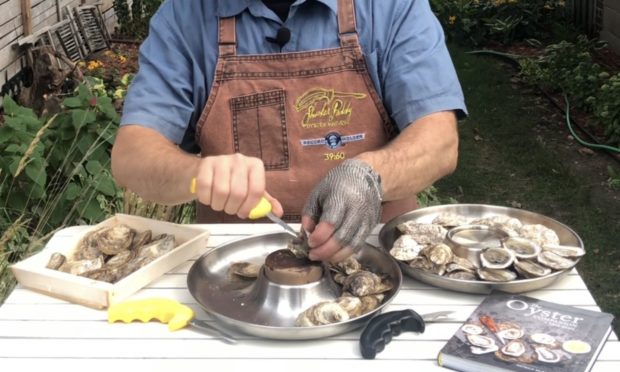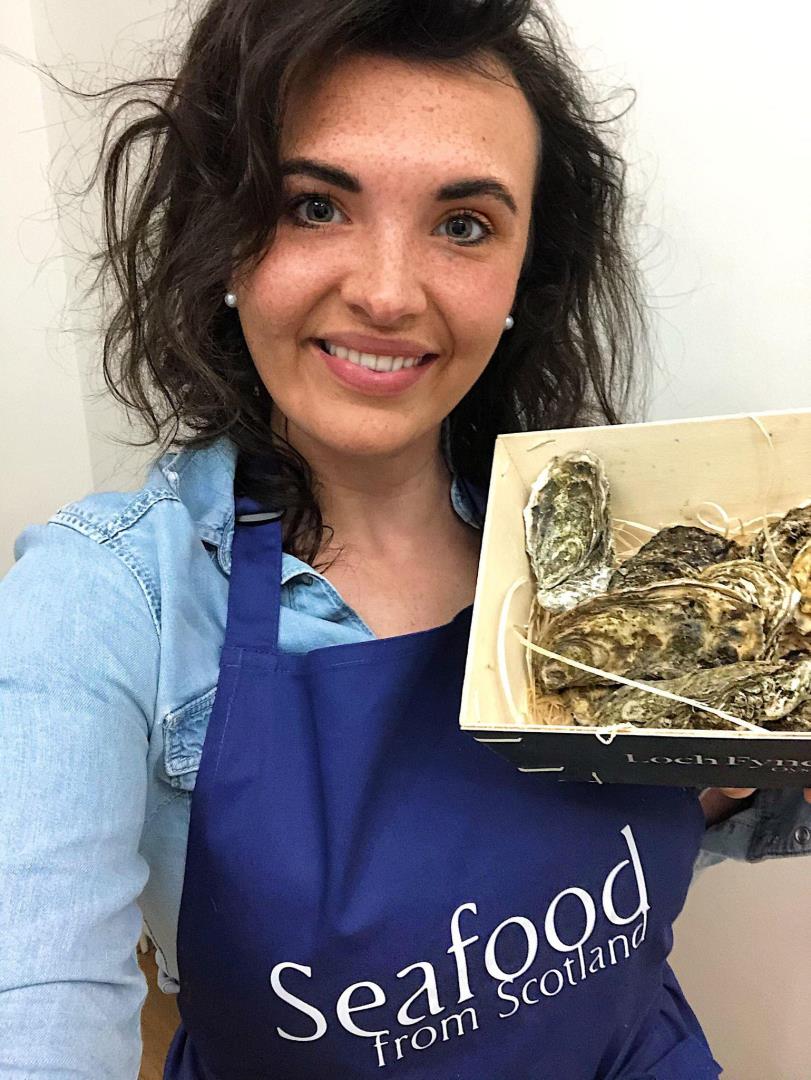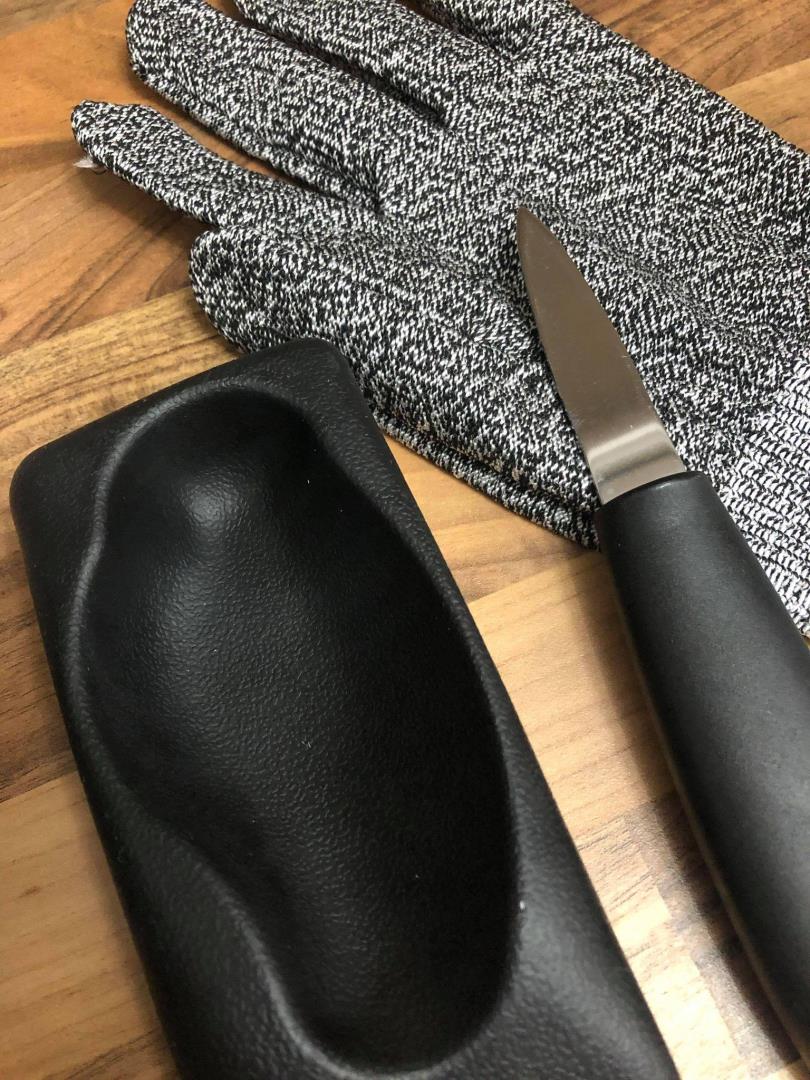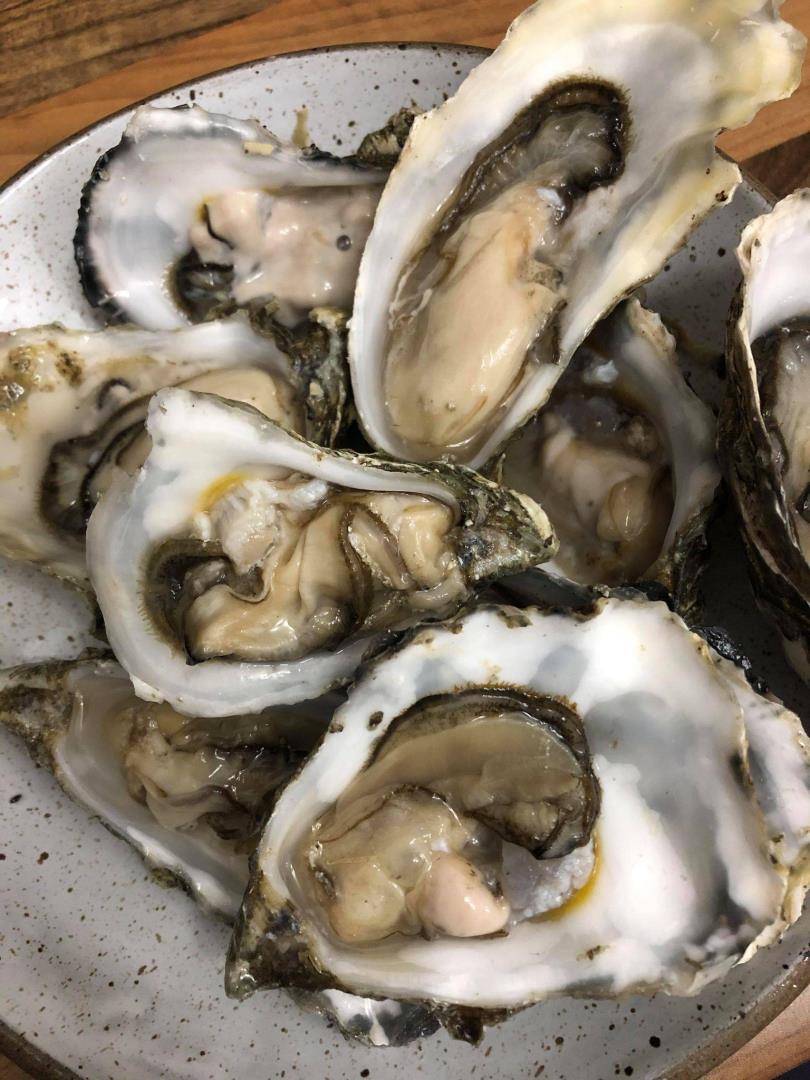Julia Bryce reveals the tricks of the trade picked up from one of the best in the business…
This year has been a year of many firsts. From making my own pasta to jumping on a virtual cocktail masterclass, not to mention getting to cook with some of my favourite chefs online, there have been a lot of highs, given the current situation.
And another was when I got to learn firsthand from World Champion oyster shucker, Patrick McMurray aka the one and only Shucker Paddy, how to open an oyster.
The Toronto-born seafood star holds three Guinness Book Records for shucking oysters; he shucked 39 in one minute, as part of Team Canada he helped open 8,840 oysters in one hour, and he also shucked 1,114 oysters by himself in one hour.
Classed as an oyster sommelier, you’d usually find Paddy at events across the world promoting his craft, however, it has been social media and virtual events the former restauranteur has turned his hand to for the moment.
Oysters – what you need to know:
In the UK there are two types of oyster, the native, which Paddy says is available during every month there is an “r” in, and the more common Pacific oyster which is usually in the shape of a teardrop.
Both are equally delicious and due to Scotland having such high-quality produce, both are very popular and can normally be found on the menus of some of Scotland’s finest restaurants. Both varieties are also readily available from online seafood suppliers and your local fishmonger can also help you pick the best ones for you.
The equipment – what you need to have:
Paddy’s ‘Shucking 101’ lesson was streamed live from his kitchen in Toronto which saw him wear his signature chain-mail glove.
While purchasing one is easily done, to save yourself some pennies, use an older tea towel which you don’t mind getting dirty or wet, and it is also worth investing in a shucking knife and an oyster shucking stand, too, as this will help you keep the oyster secured firmly in place when shucking.
I wore a cut resistant glove to ensure my hand was fully protected.
How to shuck oysters with Shucker Paddy
How to:
There are two major styles to shucking – table top and in-hand. Table top is when you place the oyster on a table, cloth or board, hold it with your hand and shuck.
In-hand means no table, or board (and is usually done when on a boat at sea).
Table top allows for better control with three points of contact and is safer and produces a cleaner shucked oyster.
- Place the oyster cup side down (the deep part) on a damp cloth. Place it so the hinge (the point of the teardrop) is pointing to your knife hand.
- Fold over the cloth to cover the oyster and protect your hand, but be sure to leave the hinge visible.
- Insert the tip of an oyster knife into the hinge of the oyster and with a gentle “key in a lock” twisting motion, wiggle the knife tip into the hinge. Be sure to hold onto the oyster tight as it can move around due to it not being flat.
- Once the tip feels like it won’t go any further, twist like opening a door, and pop the hinge.
- Pry up the top shell, opening it so that you can see the whole oyster inside. You will see it is attached to the top shell, so to separate, scrape the oyster meat from where it has initially attached itself on the top shell with your knife, being careful just to cut where the oyster is attached. You will now have one half of the shell off.
- Sweep out any grit or broken shell that may have ended up inside.
- Turn the oyster 180° and insert the knife tip at the adductor muscle (the muscle which attached the oyster to the shell), and scrape from the bottom of the shell to loosen the oyster.
- Place on a plate or tray cup side down to serve and move onto the next oyster!
Opened Loch Fyne Oysters.
The Shuck ‘n’ Shake event was organised by Seafood from Scotland, the national brand representing the Scottish seafood industry. It showcased Loch Fyne Oysters, paired with Angus-based distillery Arbikie’s vodka and gin products.
You can watch the full event here:














